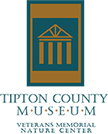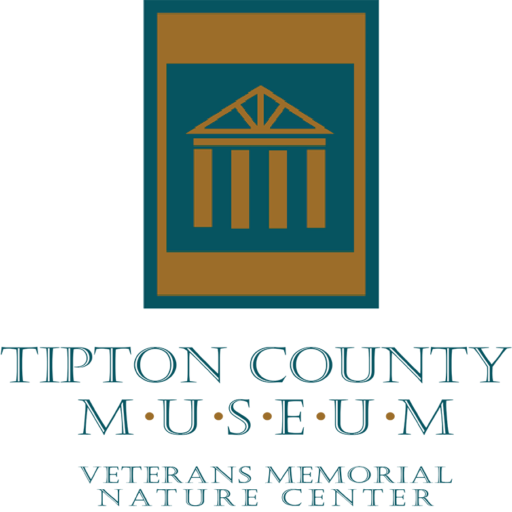The historical schools that once dotted the landscape of Tipton County were segregated like all schools in the South during the beginning of the 20th century. Union Hill was a colored school in the District 6 area of Munford.
Teachers
- 1912 Lena C. Jones, L. Dorsett
- 1913 Lena Jones
- 1914 Leona C Jones
- 1915 Lillian Hall, Bertha Scott
- 1916 Bertha Scott
- 1917 Clara Campbell, Chunia Harris, Odessa Bernard
- 1918 John Ello Smith, G.H. Voss
- 1923 Lillie M. Lyle, Leona Dorsett
- 1924 Mrs. James P. Simonton, Gertrude Sparks
- 1925 Leorna Dorsett, Ella Kate Smith
- 1926-27 Leorna Dorsett
- 1928 Bertha See Ever Pryor
- 1929 Oneida C Murray
- 1930 A.E. Lewis
- 1931- 33 See Ever Pryor
- 1932 Patnie Joyner
- 1934 Dorothy M. Jenkins, E.M. Taylor, E.L. Roberts
- 1935 Alberta Armstrong, Ester Mae Taylor
- 1936 Alberta Armstrong
- 1937 Alberta Armstrong, Nancy Browns
- 1938 Alberta Armstrong, Nathan Augustus Horne
- 1939-1954 Nathan Horne
Teacher records for Union Hill begin with the 1924/1925 school year, which started on July 28, 1924, and ended on May 1, 1925. The teacher that year was Mrs. James P. Simonton of Atoka and who had very elegant penmanship. She was born on Sept 7, 1896, and had taught previously for four years. She held a life certificate issued in May 1916. She wrote she didn’t live in the community, nor did she visit it on the weekends. She received $75 a month in salary and was charged $15 a month in room and board. An interesting fact about Simonton was she wrote she had not graduated from high school or normal school. She was hired to teach grades 1-8th.
The school year for the 1924/25 year was recorded to be 130 days with subjects of spelling, reading, writing, arithmetic, grammar, language, geography, and U.S. History being taught. Some of the books they used were Essentials of Arithmetic, Essentials of Geography, and Child’s Word.
The school building was a frame structure, with no listed year of construction, on a quarter acre of land. She described the building as being a one-room building approximately 14×20 feet with five windows which gave light on three sides. They used an oilcloth blackboard that was 18 inches from the floor. The classroom had 15 double desks and conditions were unsanitary with regard to the drinking water situation and toilets. There was no playground equipment for the children, nor were there any library books for them to read.
Some of the students who attended were from the farming families of Burchann, Millican, Howard, Parimore, McCormack, Robison, Armstrong, Hayes, Hanks, Golightly, Jackson, Parks and Powell. Out of 26 students, ages 6 to 17 years old, nine dropped from the rolls, 15 were promoted and two of them were retained in their current grade. She wrote the following about the two that were held back, “The two retained, one was present only a short time and the other did not do satisfactory work.”
During the 1927/28 school term, enrollment had increased and there were 73 students. Nine of them completed the year with perfect attendance: 1st graders – J. A. Armstrong, 7, Squire Jones, 10, Samuel Jones, 7, Mary Hayes, 8, Luillie Bell Thomas, 8; 2nd grader James Boyd, 13; 3rd grader Lena Parson, 14 and 10-year-old 5th grader Arnella Armstrong. Thirty-five were promoted but 38 failed, including 16 students who had already been in their current grade for more than two years.
A new frame building was erected in August 1930. This building had two classrooms, 24’x32’ and 12’x24’, and two cloakrooms. There were still no toilet facilities for the children to use. The new building was built on two acres and was assessed at $1,000 for the building, $100 for the grounds, and $7.70 for the equipment.
A School Improvement Association was established that year with students Maggie T. Willis serving as president and Armella Armstrong as secretary. They had 52 members and held eight meetings throughout the year, with an average of 50 percent attendance at each meeting. Their records show that during the year they raised $9.67 but spent $12.00 on permanent improvements and other expenses.
Miss. See Ever Pryor of Munford was the teacher and had six years of experience with four of them at Union Hill. She was 24 years old and single but listed five dependents. She earned a total of $40 a month teaching 103 students, ages 5-18.
During the 1931/32 school year, Pryor was still teaching but had her salary decreased to $36 a month to make way for a second teacher, Patnie Joyner who made $18 a year. This year, the school improvement association raised $30 and spent $4 on the janitor’s salary, $2 for a map, $1.25 for a classroom clock, and $9.00 on other expenses. They ended the year with $13.75 left.
In 1938, Nathan Augustus Horne came to the school and stayed as its only teacher until the doors were closed in 1954. Horne, born in 1899, was a learned man with 13 years of teaching experience. He had more than 75 college credits to his name and held permanent professional certificate #2776. He was a very caring and effective teacher and wrote with precise and neat penmanship.
Fifteen-year-old Minnie Love Webb received her 8th-grade certificate on May 10, 1940, with an 86 average and was promoted to the 9th grade. During the 1943 school year, three students, Joseph Armstrong, 13, Florence Kelley, 16, and Hallie Colaham, 16, received their 8th-grade certificates on May 14, 1943. Horne wrote about his students that year,
“Satisfactory progress made in history, writing, and drawing. 4H Club work still progressing, physical training classes improved considerably over the past year. Citizenship among all pupils’ very satisfactory, character traits and attendance showed much improvement.”
In 1950, Horne wrote at the start of the year his goals were to
- Develop the child mentally, physically, and morally
- To develop good citizenship
- To encourage time and energy in routine activities such as developing habits of neatness, order, study, and cooperation
- To keep each child moving forward at his own rate of progress.
Principal Horne summed up the end of the year with,
“All pupils made better progress in reading than usual making an average grade of a “B”. Excellent marks were noted in some of the Arithmetic classes, especially the 5th grade. Hygiene living among the pupils was good. Cooperation of parents was commendable.”
If anyone has more information on Union Hill or pictures, please contact Sherri Onorati at 901-237-0422 or [email protected].

